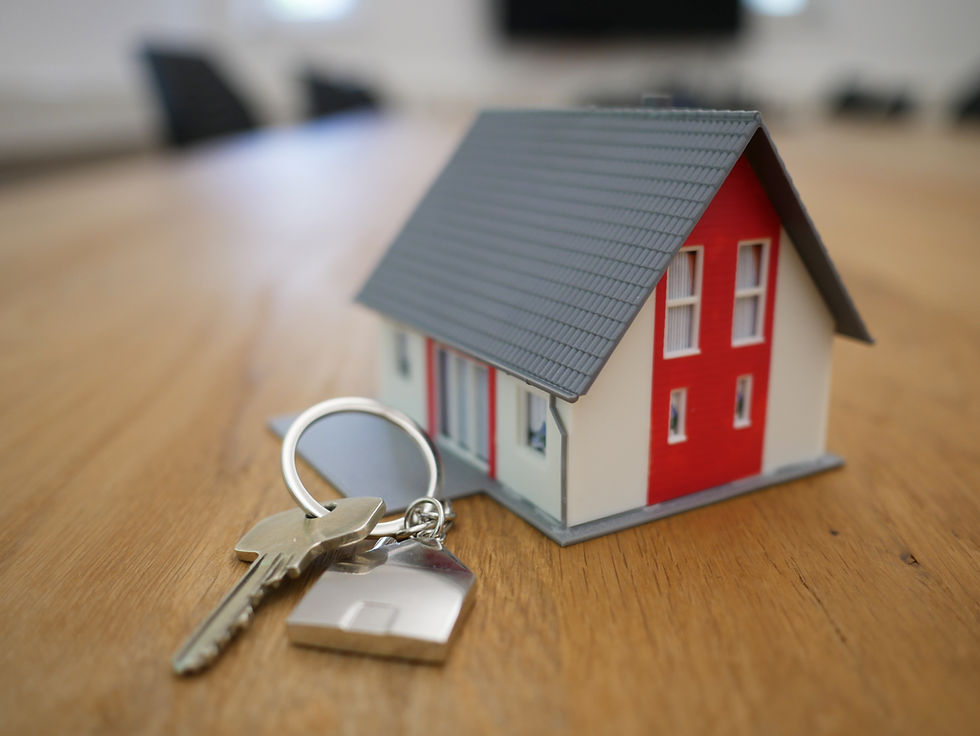Your Guide to the Dutch-American Friendship Treaty (DAFT)
- Leonor Falcon
- Feb 26
- 3 min read
Updated: Mar 7
An Easy Pathway for U.S. Entrepreneurs Moving to the Netherlands
The Dutch-American Friendship Treaty (DAFT) visa presents a fantastic opportunity for U.S. citizens and their families to fulfill their dream of living and working in a European country. For U.S. citizens interested in building a business or pursuing self-employment in the Netherlands, the DAFT visa is a valuable and accessible option. This post explains what the DAFT visa is, its benefits, and how you can make the most of it with Global Leap Group by your side.
What is the DAFT Visa?
The Dutch-American Friendship Treaty (DAFT) visa is a unique immigration option created to foster economic ties between the Netherlands and the United States. It allows U.S. citizens to live and work in the Netherlands through self-employment or by establishing their own business. The DAFT visa provides a streamlined path to residency, with fewer requirements than traditional work permits or visas. As a result, it’s especially popular among American freelancers, consultants, and entrepreneurs looking to expand into Europe.
Why Choose the DAFT Visa?
The DAFT visa offers several advantages for U.S. citizens considering a move to the Netherlands:
● Flexible Residency: The DAFT visa allows you to live and work in the Netherlands for up to two years, with the option to renew for three more years as long as you continue to meet the requirements. After a five years, you have the option to apply for permanent residency.
● Simplified Application Requirements: Compared to other visas, the DAFT visa process is straightforward, involving fewer documents and a lower capital investment.
● Fast Market Access: By obtaining a DAFT visa, U.S. entrepreneurs and freelancers can quickly establish a business presence in the Netherlands, accessing both the local market and the broader European Union.
Key Requirements for the DAFT Visa
To qualify for the DAFT visa, you must meet the following key criteria:
Valid US Passport
No Criminal record
Minimum capital investment of 4,500 Euro
Proof of sufficient income to support yourself (and your family)
Start a business either as a freelancer or by incorporating a company
Step-by-Step Process for Applying for a DAFT Visa
To help you visualize the journey, here’s a breakdown of the typical steps in applying for a DAFT visa:
Step 1: Choose your legal structure, either as a sole proprietorship (eenmanszaak) or as a limited company (BV). A BV structure may offer tax advantages, such as the 30% ruling.
Step 2: Prepare required documentation for your DAFT application
Step 3: File your DAFT application
Step 4: Make necessary appointments
Step 5: Open a business bank account
Step 6: Upon application approval, schedule an appointment to collect your residency permit.
How Global Leap Group Can Help You with Your DAFT Visa Journey
Global Leap Group specializes in ensuring each step of this process is handled smoothly. We pride ourselves on being your one-stop solution for your DAFT journey and provide personalized, one-on-one assistance every step of the way. Our DAFT support package includes:
Guidance on choosing between BV and freelance registration, exploring the best option for you
Assistance with documentation preparation and submission
Guidance on document legalization
Review of business plans, offering up to two hours of one-on-one support
Coordination of all necessary appointments, including BSN, bank account, IND, and KvK
Assistance with DigiD application
Management of incorporation to meet DAFT requirements
30% ruling application assistance (if applicable)
Visa application support for spouse/partner and dependents
Relocation assistance, including housing support
We take pride in ensuring a smooth and stress-free transition by providing comprehensive communication, follow-up with immigration authorities, and answers to any questions you may have. With a proven track record and a 100% success rate, we attribute our achievements to our unwavering dedication to our clients.
Ready to Get Started?
Global Leap Group
Simplifying Relocation, Empowering Opportunity in the Netherlands.



Comments